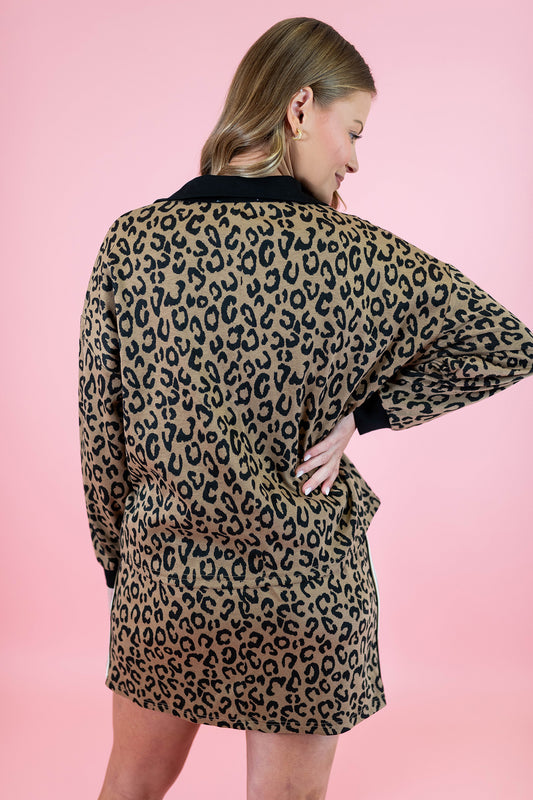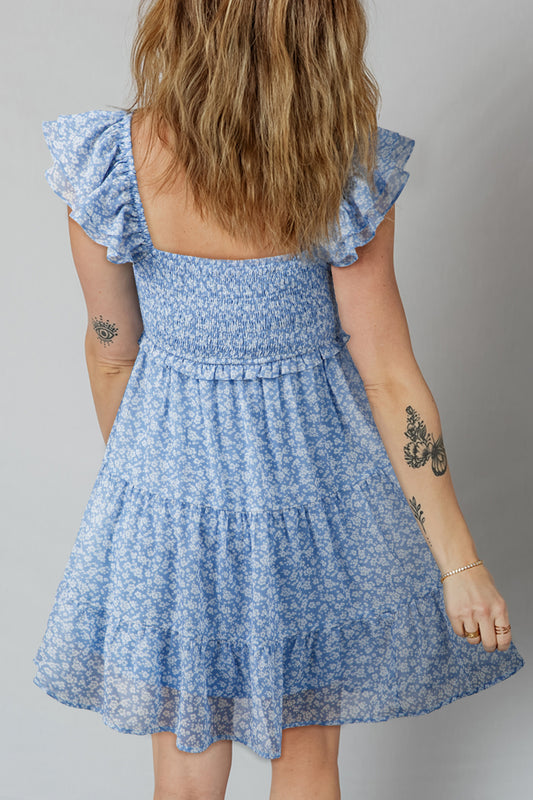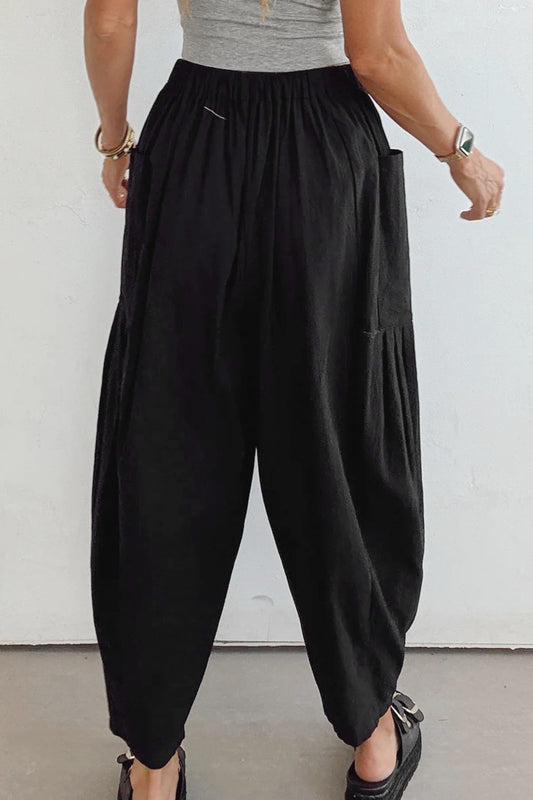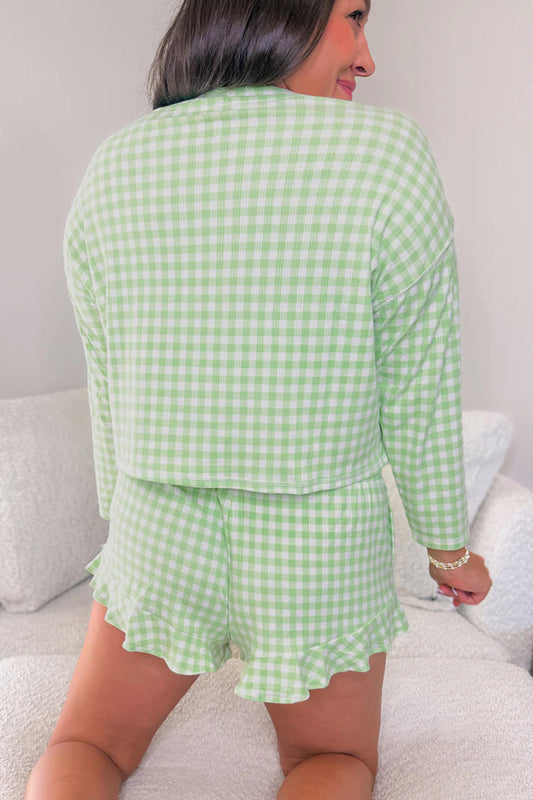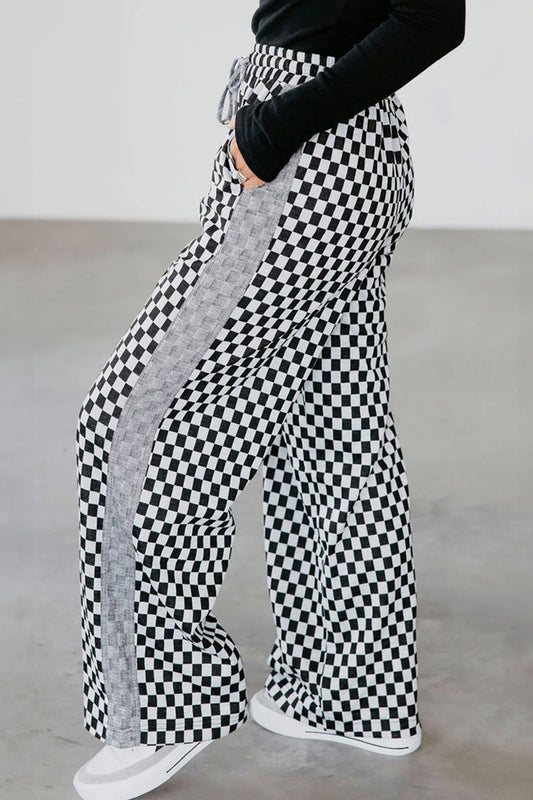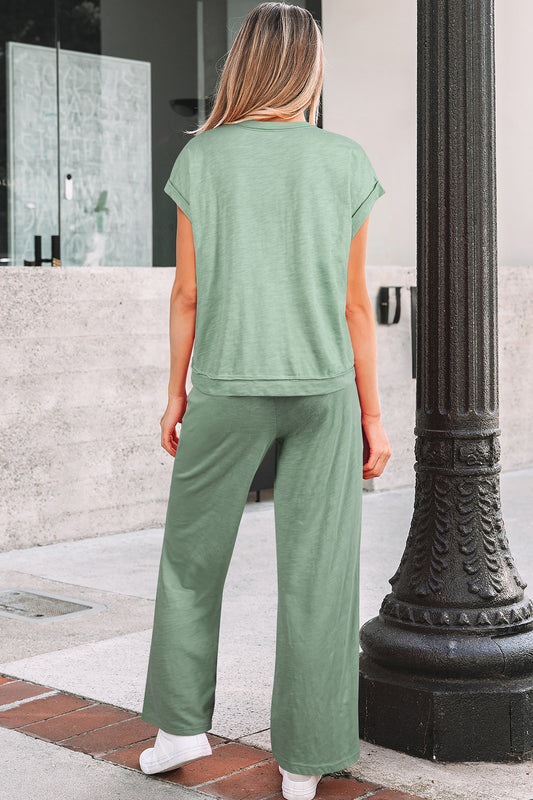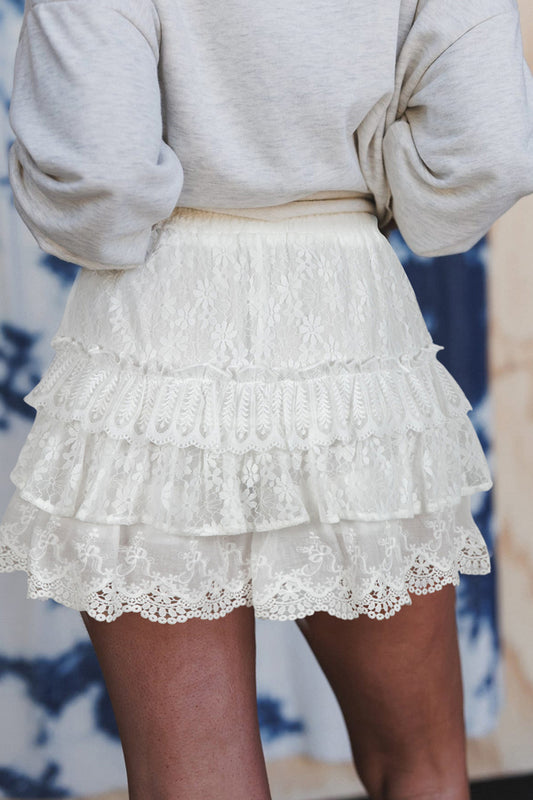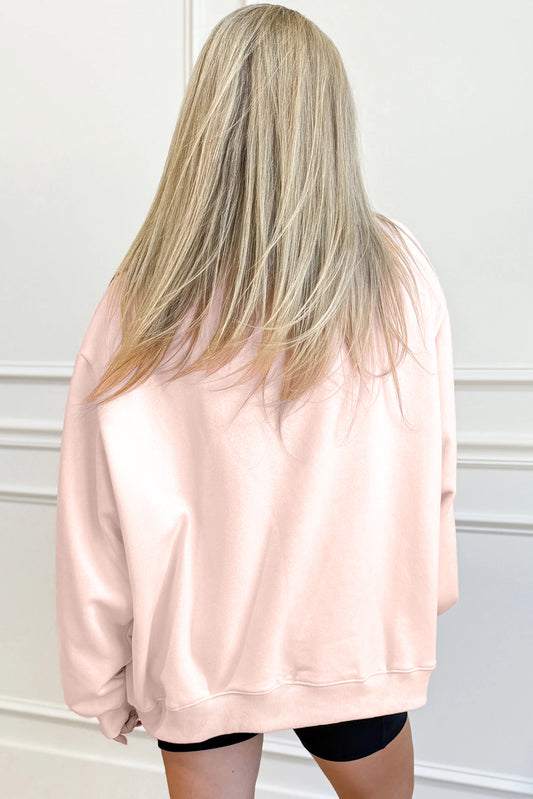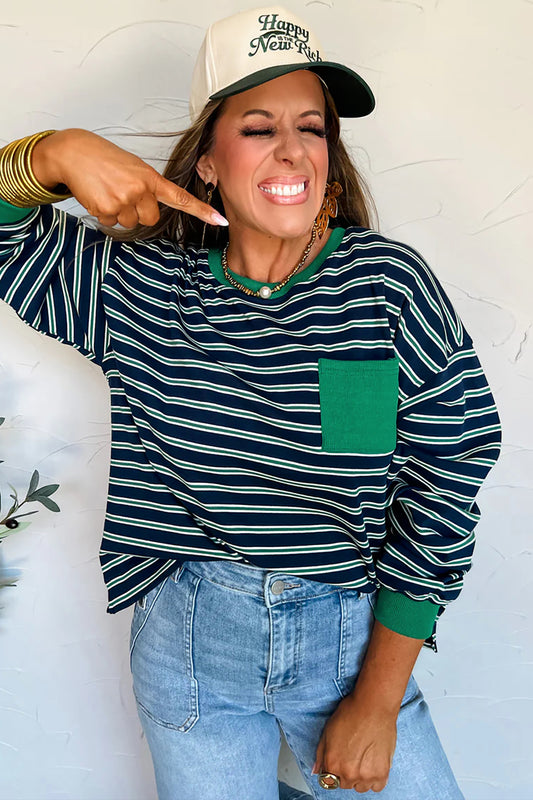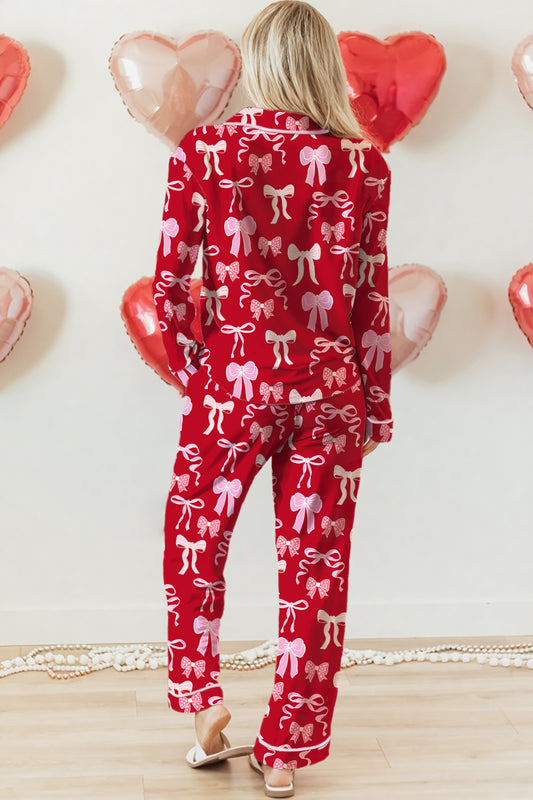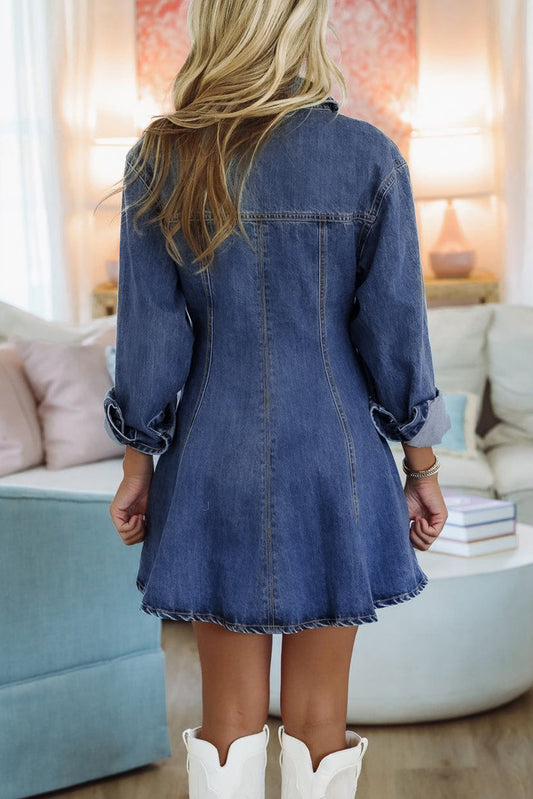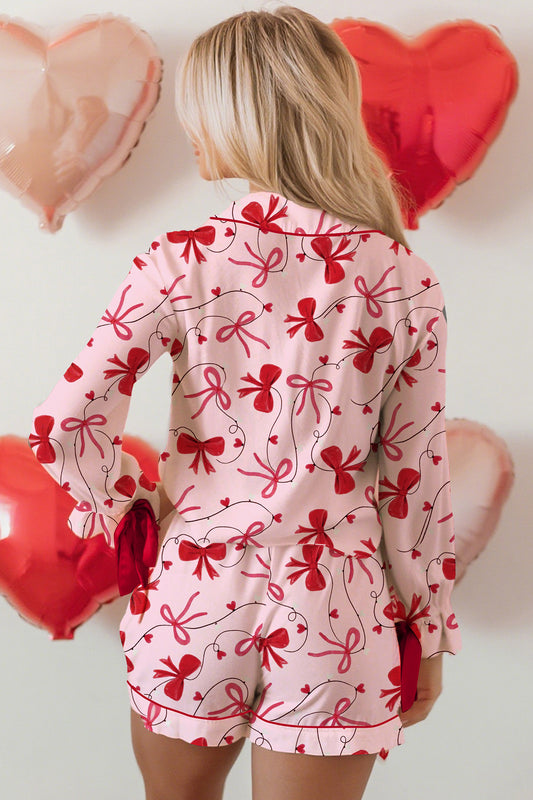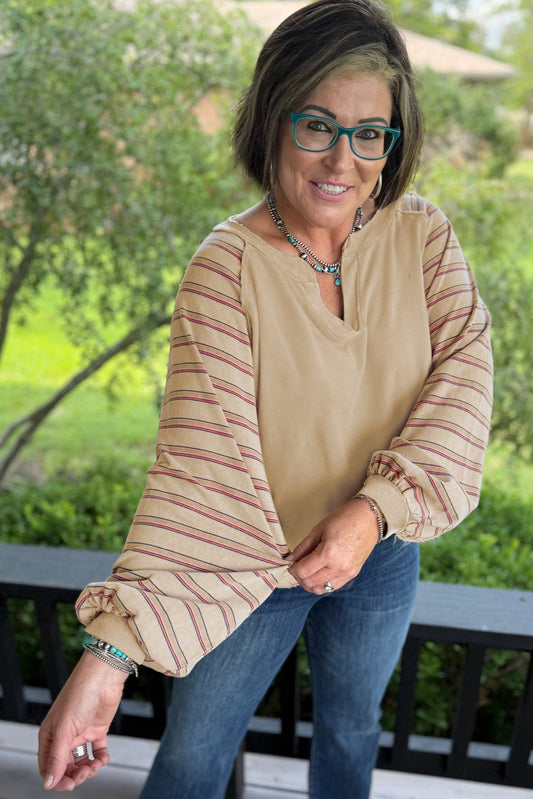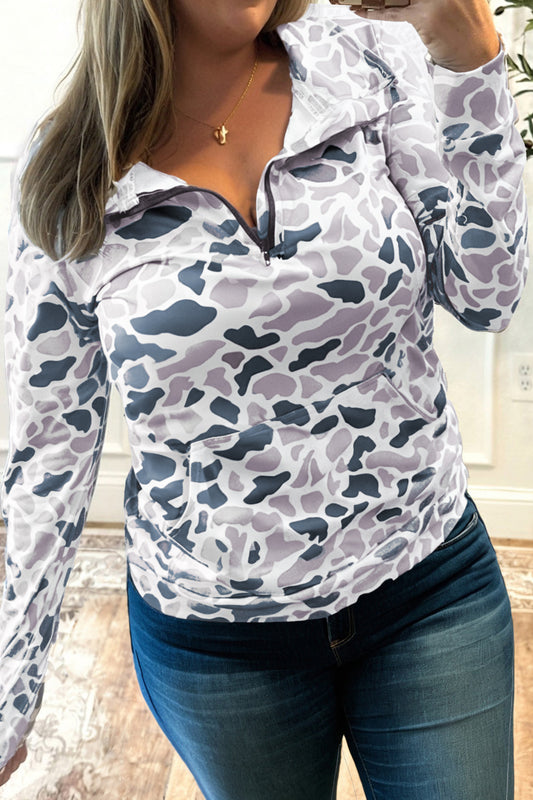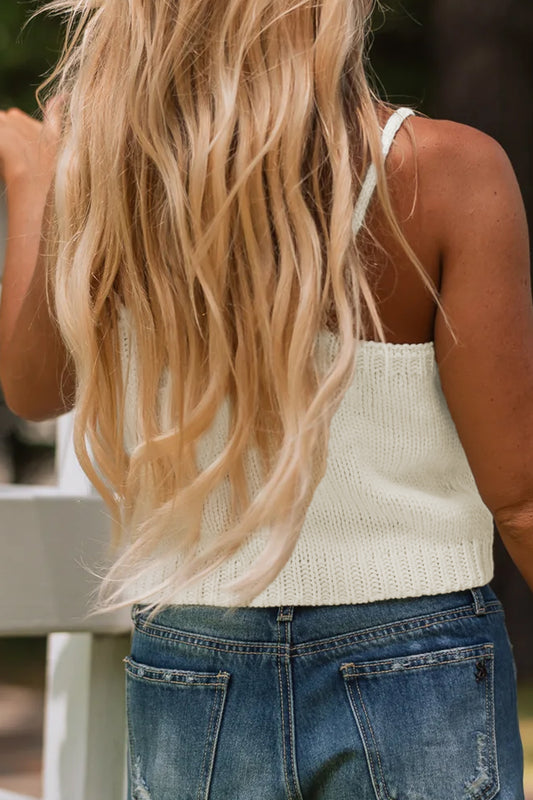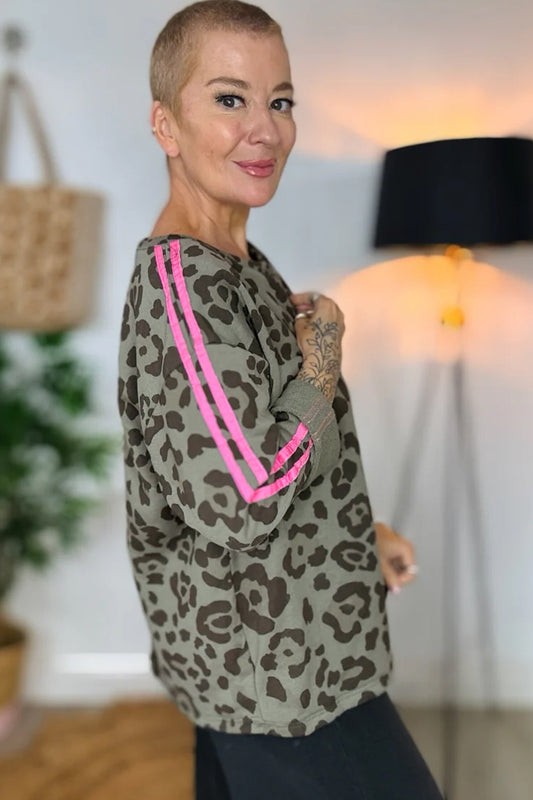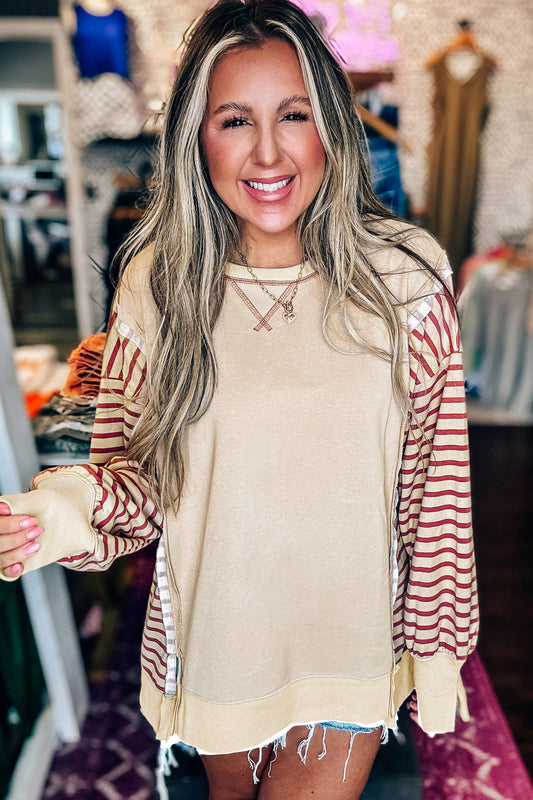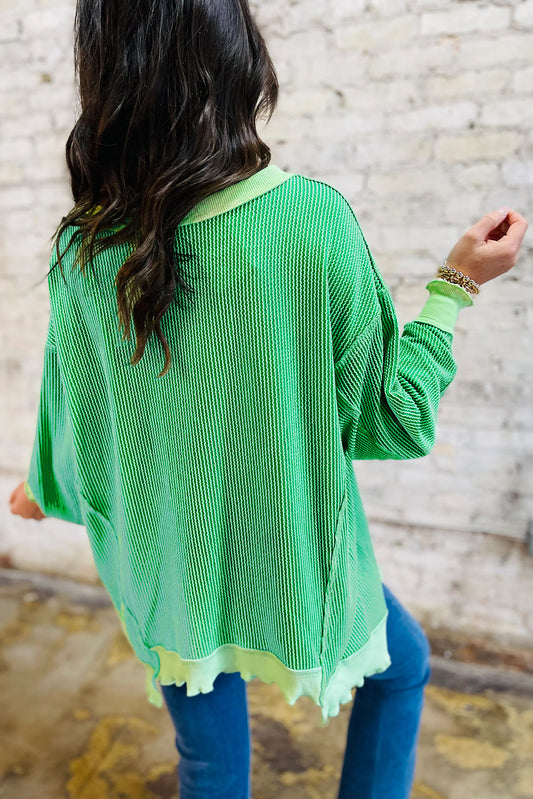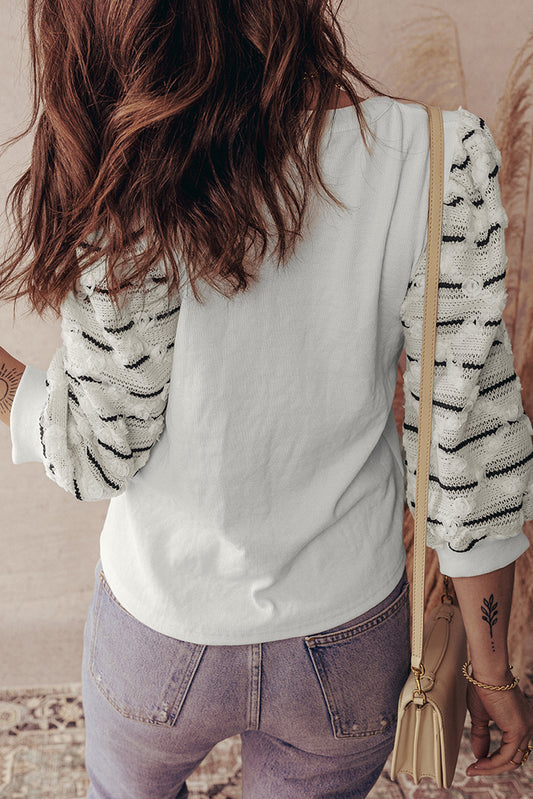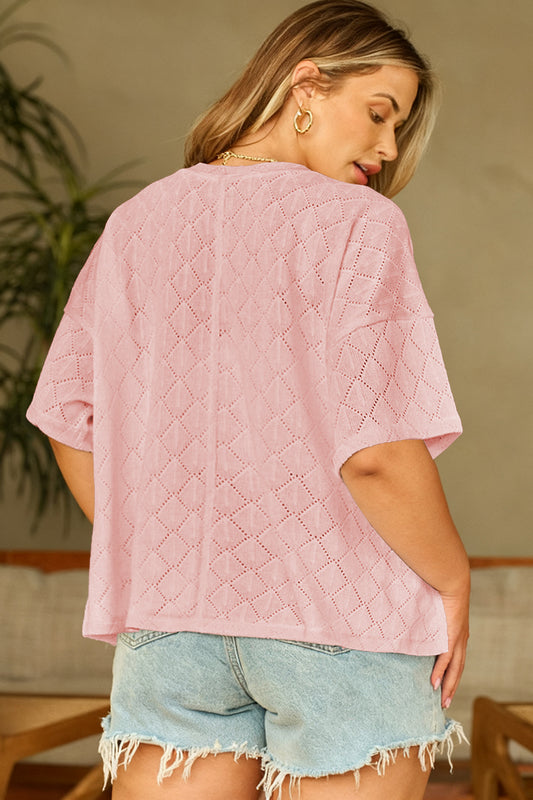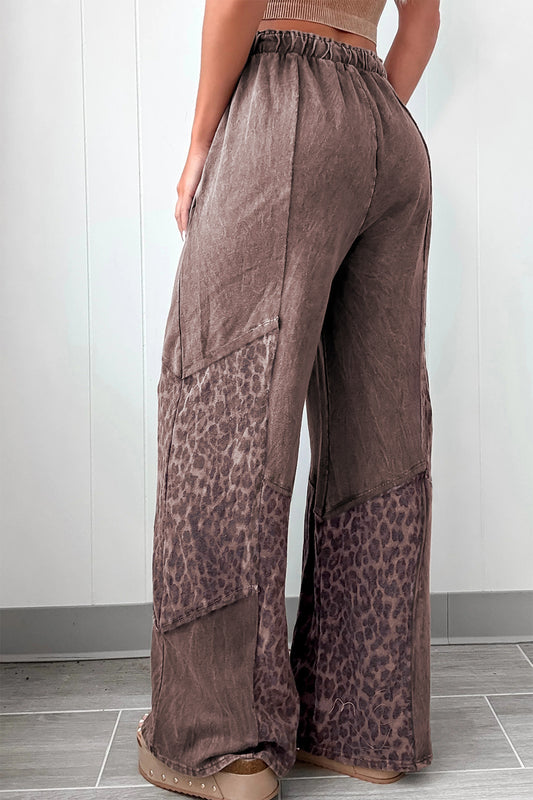
Which Color, Black Or Brown, Provides Better Coverage Over Red?
When it comes to choosing a hair dye to neutralize red tones, the debate often comes down to two shades: black or brown. While both offer solutions, they have unique properties that affect the final look, longevity, and maintenance of the color. This article explores the nuances of red hair coverage, focusing on color depth, fade resistance, and the psychology behind color choices. Whether you’re aiming for a rich mahogany brown or a bold black, understanding these factors will help you make the right decision.
Summary
Red pigments are notoriously challenging to neutralize due to their intensity and longevity. Both black and brown dyes can cover red, but the results vary based on the dye's undertone, your hair's condition, and how much red you want to cancel out. Brown shades offer natural and versatile results with cool brunette tones that counteract red, while black provides maximum coverage, albeit with a stronger fade to burgundy. Proper maintenance is essential, including the use of color masks and UV protection to prevent premature fading.
Key takeaways:
- Brown dyes create more natural, neutral brunette hues.
- Black dyes eliminate red tones more aggressively but may require extra care to avoid harsh fades.
- Choosing between black and brown depends on your desired tone, hair condition, and maintenance routine.
Understanding the Challenge of Red Hair Coverage
Red hair pigments cling to the hair shaft longer than other colors, making them harder to cover or neutralize. Whether you’ve dyed your hair red or have natural auburn tones, switching to another color requires careful dye layering techniques to ensure smooth, long-lasting results.
When deciding between black or brown, consider the depth of color you want. Brown dye over red often creates a softer, more natural transition. Shades like ash brown or mahogany brown work well to minimize red undertones while maintaining dimension. Explore our Brown Collection for inspiration on how this warm, earthy shade can transform your look.
"The right brown tone can create a rich, natural hue that subtly counteracts red pigments without appearing too dark."
The Power of Black Dye Over Red
On the other hand, black dye over red provides a dramatic, full-coverage option. It's an excellent choice if you're looking to eliminate red tones altogether. However, it’s important to note that black dye can fade to a burgundy hue over time, especially if proper maintenance isn’t followed. This burgundy fade can be stunning when paired with the right clothing. Check out our Black Collection for outfit ideas that complement darker hair tones.
Black is more forgiving when it comes to color absorption and can be a great solution for people seeking dark color longevity. However, because of its intensity, it’s crucial to use fade-resistant color products and incorporate UV protection for colored hair into your routine.
Warm vs. Cool Tones: Choosing the Right Shade
To ensure that your color covers red effectively, it’s essential to choose the right undertone. Cool brunette shades work best for red tone counteraction. Look for colors labeled "ash" or "neutral" to avoid enhancing the red pigment.
For example:
- Ash Brown: Ideal for neutralizing warm red tones.
- Mahogany Brown: A rich brown with cool undertones, perfect for adding depth without highlighting red hues.
- True Black: Offers the deepest coverage and is best for those seeking a bold, statement look.
Visit our Red Collection to see how red pigments can appear in different lighting and how clothing choices can complement hair color transitions.
The Role of Hair Dye Techniques in Covering Red Tones
Covering red tones isn’t as simple as applying a new color. To achieve the best results, you need to understand hair dye techniques that ensure even, long-lasting coverage. Both brown dye over red and black dye over red require careful application, especially if you're switching shades without bleaching. Let's break down how different techniques impact the final result and what you can do to maintain your chosen color.
1. Layering Techniques to Neutralize Red
One of the most effective ways to achieve even coverage is through dye layering. This technique involves applying multiple layers of color over time to build depth and minimize unwanted tones. If you're transitioning to brown, you may need a cool brunette shade to cancel out the warm red undertones.
For example:
- Step 1: Start with a neutral brown or ash brown dye to tone down the red.
- Step 2: Follow up with a color mask for red hair to maintain the cool undertones and prevent the red from showing through over time.
- Step 3: Finish with a gloss or UV protection product to seal the color and enhance shine.
Brown shades are particularly versatile and forgiving, making them an ideal option for those hesitant to make drastic changes. For outfit ideas that pair beautifully with rich brown tones, check out our Brown Collection.
2. The Black Dye Challenge: Pigment Removal & Burgundy Fades
For those opting for black dye over red, the process is a bit different. Black dye is more forgiving when it comes to pigment removal, but it comes with its own set of challenges. Red undertones can resurface as your black color fades, often resulting in a burgundy fade. This can be a stunning look for some but unexpected for others.
How to prevent burgundy fades:
- Use a color-protecting shampoo designed for darker shades.
- Apply a color mask regularly to boost the black pigment and prevent fading.
- Limit exposure to direct sunlight and use products with UV protection for colored hair.
Looking for inspiration on how to style your darker tones? Our Black Collection features chic pieces that pair effortlessly with bold, dark hair colors.
Warm vs. Cool Tones: A Deeper Look
Understanding the difference between warm and cool tones is essential when covering red. If you choose a color that doesn’t complement your undertone, the red may reappear as your hair color fades.
- Cool tones like ash brown or true black are best for red tone counteraction. These shades neutralize the warmth of red pigments, leaving a sleek, sophisticated result.
- Warm tones like caramel or mahogany add depth and dimension but may enhance the red instead of covering it completely. If you love this rich, vibrant look, explore our Red Collection for clothing that complements warmer hair tones.
Pro Tip: When choosing your shade, think about the longevity of the color. Cool tones tend to fade less dramatically, making them easier to maintain over time.
Why Maintenance Is Key for Long-Lasting Color
Regardless of whether you choose black dye over red or brown dye over red, ongoing maintenance is critical to keep your color vibrant. Hair dyes can fade unevenly, especially when covering red tones, so it’s important to adopt a color maintenance routine that includes:
- Color masks for red hair to keep unwanted tones at bay.
- Shampoos and conditioners specifically formulated for dyed hair.
- Heat protectant sprays to reduce damage and preserve color.
By following these steps, you can extend the life of your color and ensure that it stays as rich and bold as the day you dyed it.
Psychology Behind Color Choices
Your choice between black or brown isn’t just about coverage—it also reflects personal style and identity. Understanding hair color psychology can help you choose a shade that aligns with your personality:
- Black is often associated with sophistication, mystery, and power. It makes a bold statement and is a great choice for those looking for a dramatic change.
- Brown represents stability, warmth, and approachability. It’s a versatile, natural shade that works well for people looking to enhance their natural look.
Whether you gravitate toward the elegance of black or the richness of brown, both colors can make a powerful statement when styled with the right wardrobe. Explore our Apparel Collection to complete your look.
Bleaching Techniques: When It's Necessary to Go Lighter
If you're dealing with stubborn red pigments, you might wonder if bleaching is the only way to achieve full coverage. The truth is, bleaching techniques can help remove red pigment challenges, but it's not always necessary if you choose the right shade of brown or black. However, if you're transitioning to a significantly lighter color — say, from deep red to ash brown or caramel highlights — you may need to lighten your hair first.
When to Consider Bleaching
- If your red shade is too vibrant or intense to cover with a darker dye.
- If you want to achieve a cool tone like ash brown or light brunette.
- If you're aiming for a more dimensional color with highlights.
Bleaching doesn’t have to mean damaging your hair. Modern products like bond builders and color masks can minimize damage and keep your hair strong. Explore our Red Collection to find inspiration for how lighter shades can complement your wardrobe.
Permanent vs. Semi-Permanent Dye: Which is Best for Red Coverage?
One of the most common questions people have when trying to cover red tones is whether to use permanent or semi-permanent dye. Each has its pros and cons, especially when applied over red.
| Dye Type | Pros | Cons |
|---|---|---|
| Permanent | Long-lasting color, full coverage | Can be more damaging, harder to adjust |
| Semi-Permanent | Less damaging, fades naturally | May require more frequent applications |
For covering red, a cool brunette shade in a permanent dye will give you more longevity and help neutralize red tones for good. However, if you're unsure about the commitment, a semi-permanent dye can help you experiment without long-term consequences.
Tackling Stubborn Red Pigments: Tips and Tricks
Even after applying black or brown dye, red pigment challenges can resurface as the color fades. This happens because red tones are deeply embedded in the hair shaft and can reappear over time. Here’s how to keep them at bay:
-
Use a color mask regularly.
Color masks specifically formulated for red hair coverage can help maintain the depth and tone of your dye job. -
Apply a gloss treatment.
Gloss treatments can refresh your color and add shine while sealing the hair cuticle to prevent red tones from peeking through. -
Protect your hair from the sun.
UV rays can cause color to fade faster and bring out unwanted warmth. UV protection for colored hair is a must to keep your color looking fresh.
Looking for versatile pieces to complement both cool and warm tones? Visit our Apparel Collection for timeless outfit ideas that suit any hair color.
The Final Verdict: Black or Brown?
So, which color provides better coverage over red — black or brown? The answer depends on your personal style and how much maintenance you're willing to commit to.
Choose Black If:
- You want maximum coverage with minimal red tones showing through.
- You prefer a bold, dramatic look with dark color longevity.
- You’re okay with a potential burgundy fade over time.
Explore the bold styles in our Black Collection to enhance your new look.
Choose Brown If:
- You want a more natural brunette hue.
- You prefer cool brunette shades that neutralize red while adding dimension.
- You’re aiming for a low-maintenance color that fades gracefully.
Check out our Brown Collection for outfit inspiration to pair with your rich, earthy tones.
Final Tips for Red Hair Coverage
Covering red tones requires more than just picking the right dye. Here's a quick checklist to ensure success:
- Choose the right undertone: Opt for cool tones like ash brown or true black to neutralize red pigments.
- Layer your dye for better results: Use dye layering techniques to achieve even coverage.
- Maintain your color: Use color-protecting shampoos, UV protection products, and color masks for red hair to keep your color fresh.
With the right approach, you can confidently transform your hair from red to the perfect shade of black or brown.
FAQ: Black or Brown for Red Hair Coverage
Here are answers to the most frequently asked questions about choosing black or brown dye to cover red tones. Whether you're wondering about maintenance, fading, or the best shades to choose, this FAQ section will help you make an informed decision.
1. Can I apply brown dye directly over red hair without bleaching?
Yes, you can apply brown dye over red hair without bleaching, especially if you're using a cool brunette shade like ash brown. The key is to choose a dye with neutral or cool undertones to counteract the red. Warm brown shades may enhance the red instead of covering it.
2. Does black dye completely remove red tones?
Black dye is the most effective way to eliminate red tones, providing full coverage. However, over time, black dye may fade to reveal a burgundy hue, especially if your hair was intensely red to start with. Regular color maintenance can prevent this fade.
3. Which brown shades are best for neutralizing red tones?
The best brown shades for neutralizing red tones are:
- Ash Brown
- Neutral Brown
- Mahogany Brown (cool undertones)
These shades work best because they counteract the warm red pigments rather than enhancing them.
4. Will brown or black dye last longer over red hair?
Black dye generally lasts longer than brown, but it requires more maintenance to prevent fading into burgundy tones. Brown dye is more forgiving as it tends to fade more naturally over time, but may need more frequent touch-ups if you're covering vibrant red hair.
5. Can I switch between black and brown if I don’t like the result?
Yes, you can switch between black and brown hair dyes, but it’s important to be cautious.
- If you’ve dyed your hair black, you’ll need to use a color remover or lightener to transition to brown.
- If you’ve dyed your hair brown, you can apply black dye directly over it without any additional steps.
Always consider the condition of your hair before making drastic color changes.
6. Will black or brown dye fade faster on red hair?
Brown dye tends to fade more naturally over time, whereas black dye is more likely to fade to burgundy. Using color masks, UV protection for colored hair, and color-protecting shampoos can help maintain both colors longer.
7. What should I do if the red tones reappear after dyeing?
If red tones resurface after dyeing:
- Apply a color mask for red hair to tone down the red.
- Use a cool-toned gloss treatment to refresh the color.
- Avoid warm shades in your haircare products, as they can enhance red undertones.
8. Is it possible to achieve a natural brunette hue over red hair?
Yes, you can achieve a natural brunette hue over red hair by choosing a neutral brown or cool brunette shade. These tones offer the best chance of creating a natural look without unwanted warmth.
9. How can I prevent my dyed hair from fading too quickly?
To prevent fading:
- Use a color-protecting shampoo and conditioner.
- Limit heat styling tools.
- Protect your hair from the sun with UV sprays or hats.
- Apply a color mask regularly to refresh your shade.
10. Does hair texture affect how well black or brown dye covers red hair?
Yes, hair texture can impact how well the dye adheres to your hair.
- Fine hair tends to absorb color more quickly but may fade faster.
- Thicker hair may need multiple applications to achieve full coverage.
- Curly hair often requires more conditioning and gloss treatments to maintain vibrancy.
If your hair is dry or damaged, consider using bond-building treatments to strengthen it before dyeing.




